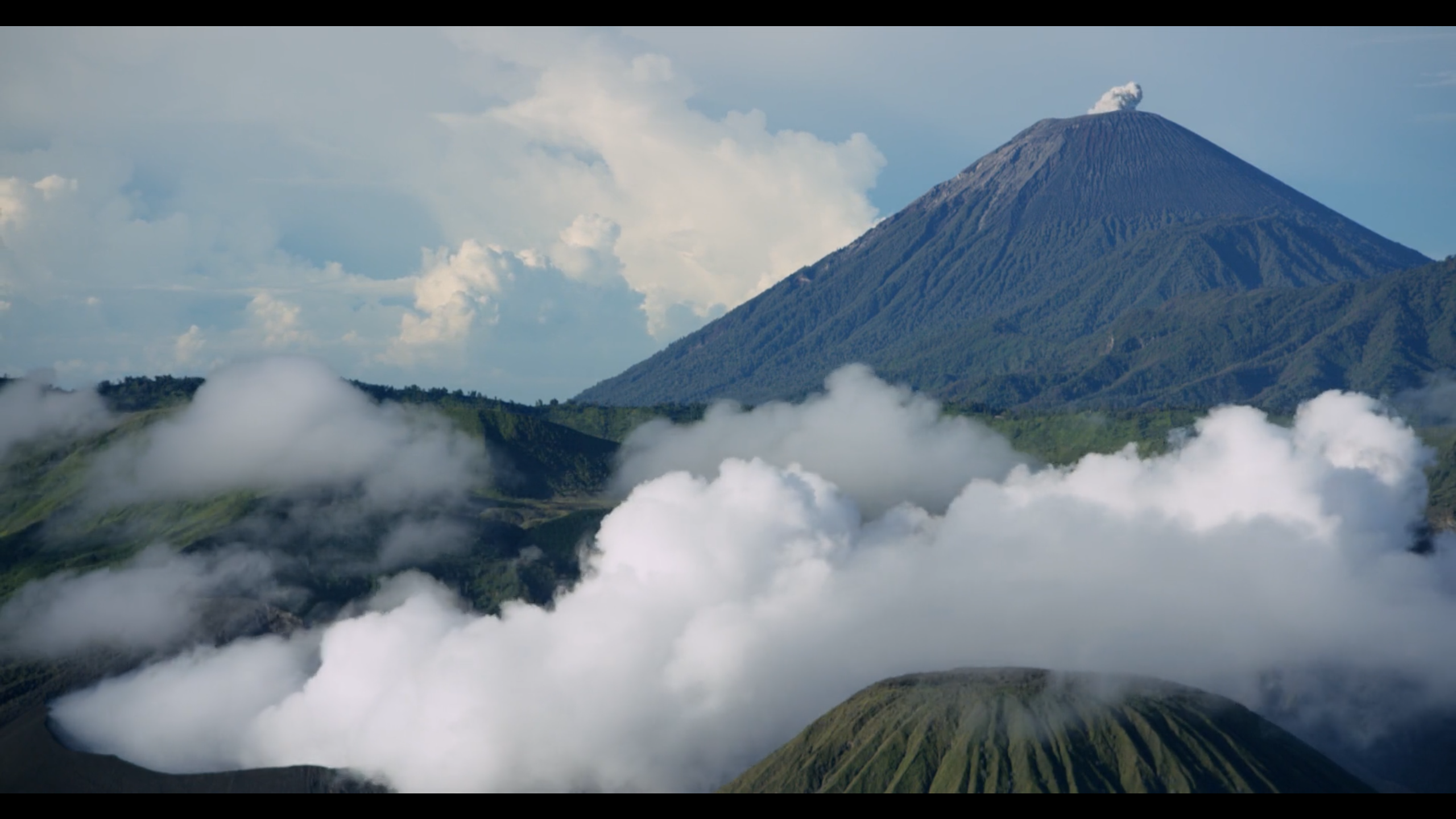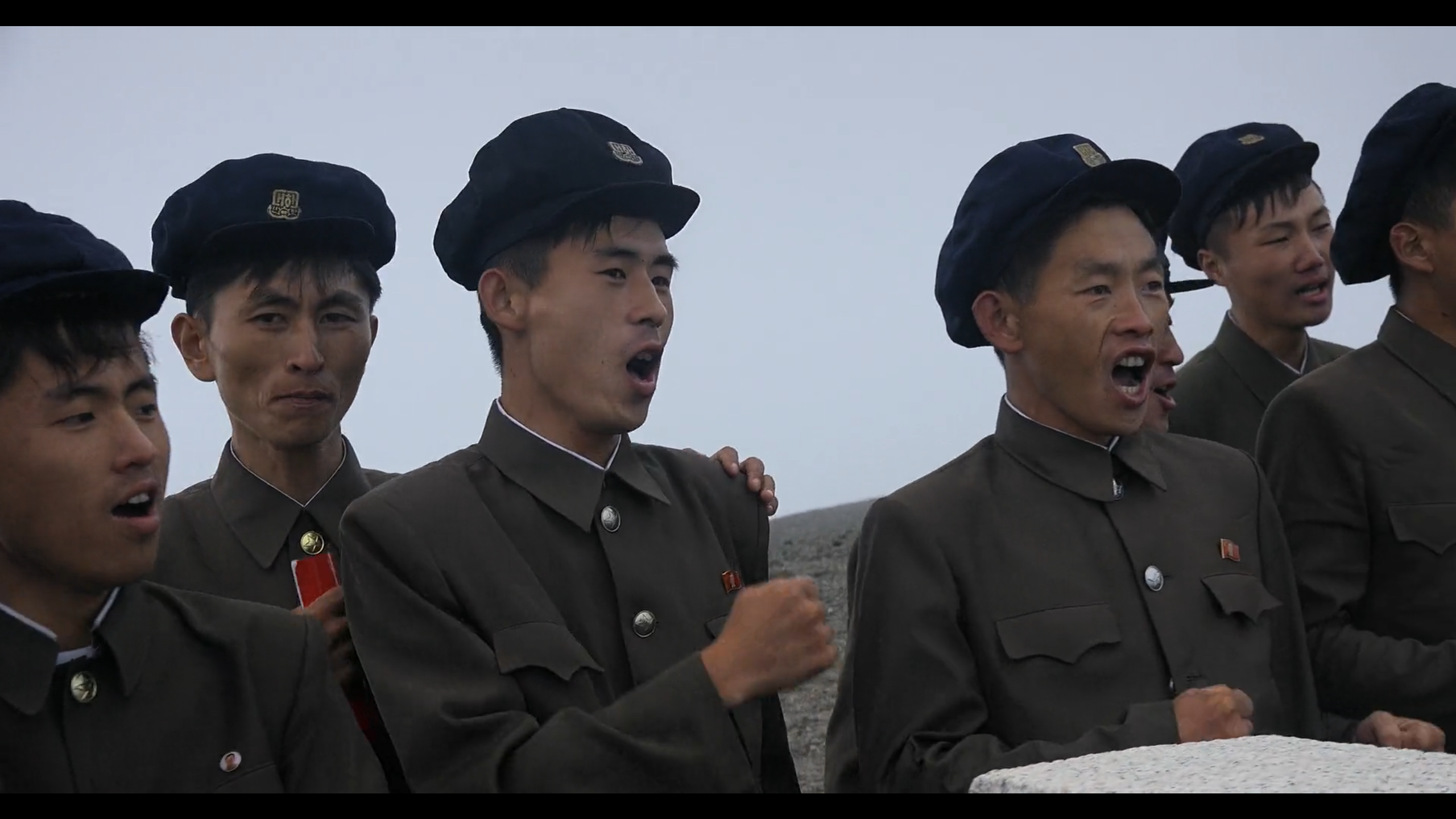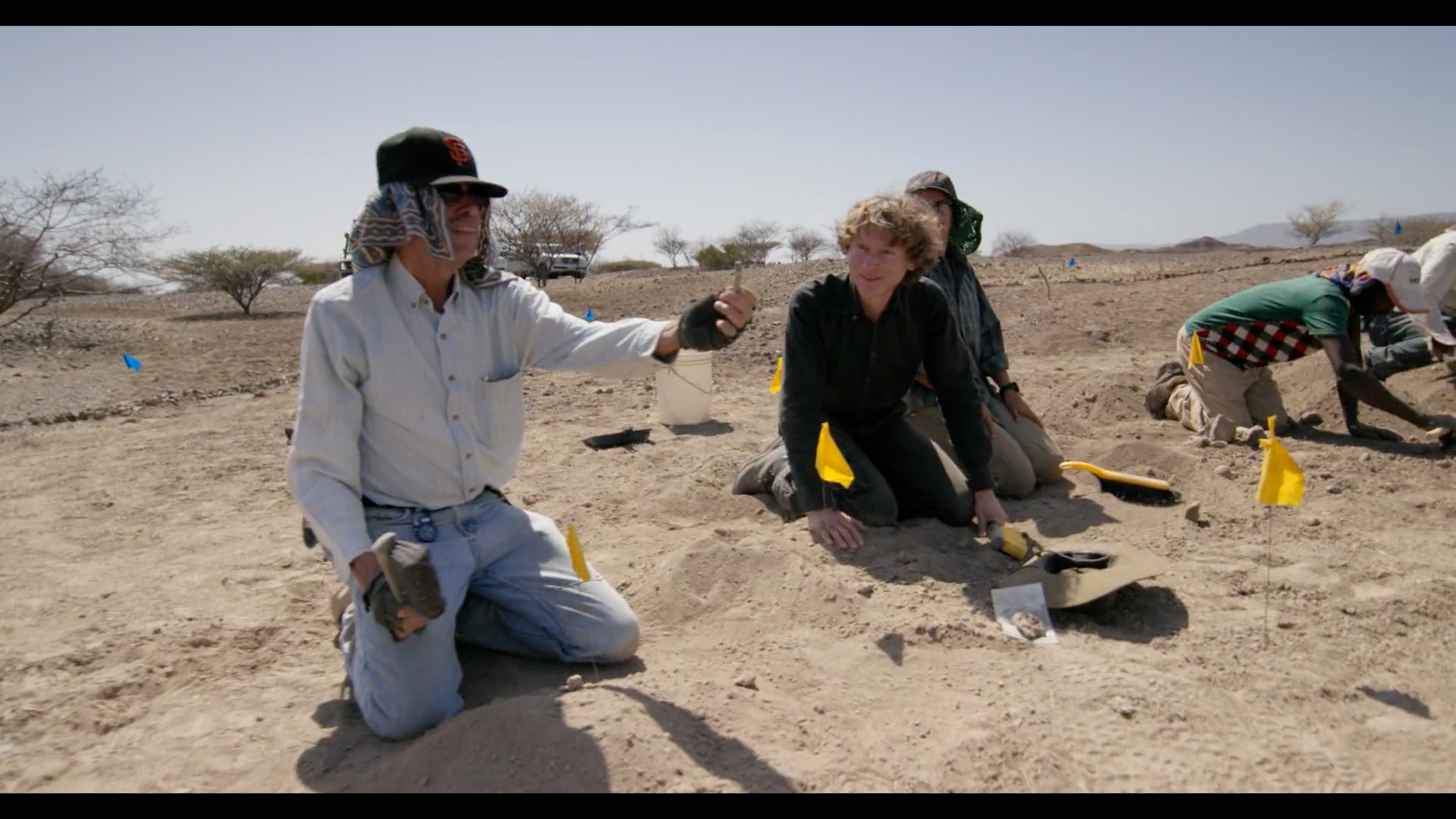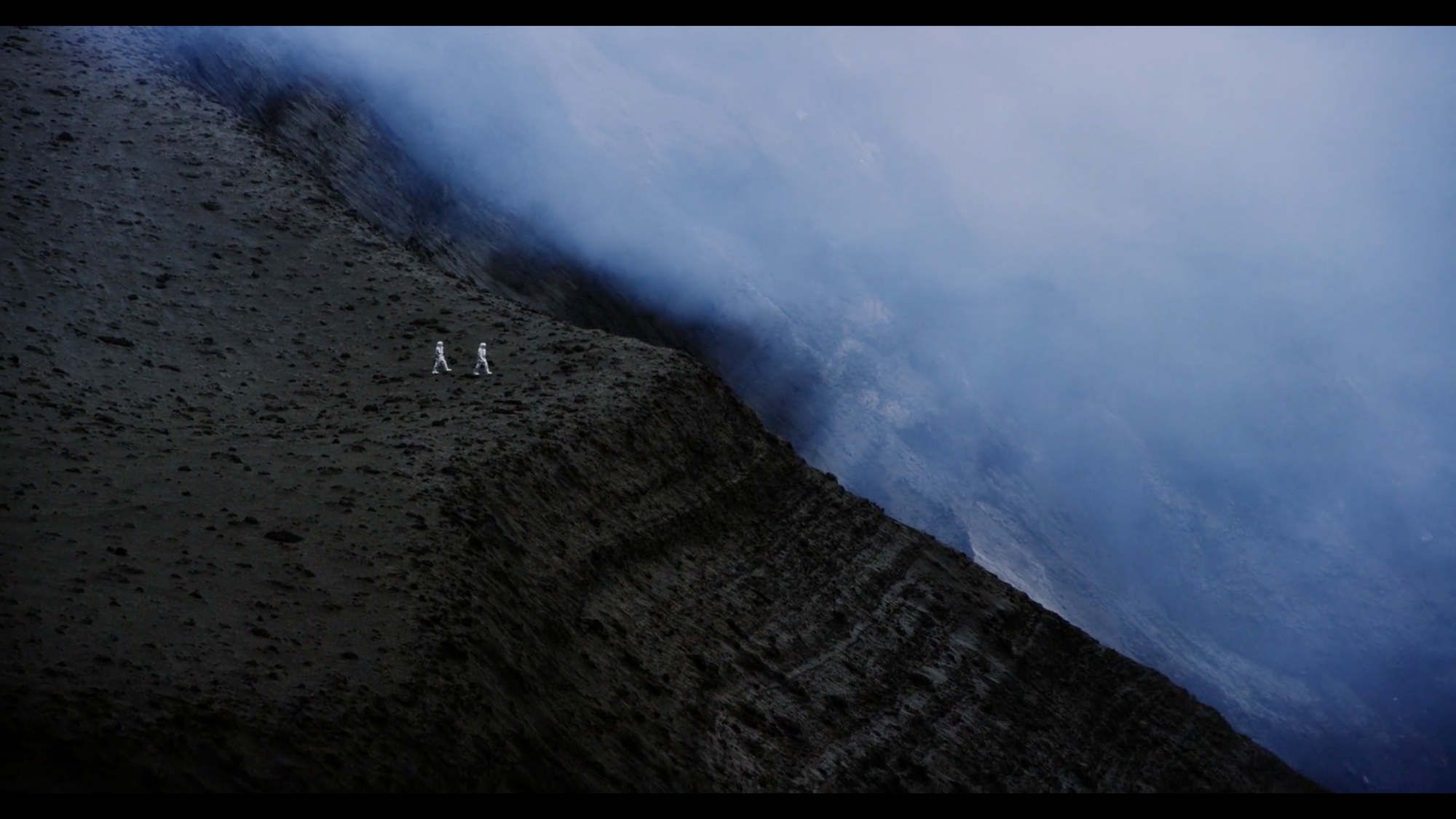Into The Inferno (2016): A Look at Strange Cultures, and the Volcanoes That Loom Over Them
Werner Herzog travels the globe with volcanologist Clive Oppenheimer in search of active volcanoes and the vibrant cultures surrounding them.

All the classic Werner Herzog ingredients are present in this entry into the Bavarian director's expansive non-fiction filmography, as he travels the globe with volcanologist Clive Oppenheimer in search of active volcanoes and the vibrant cultures surrounding them. There is danger, death, mysticism, and a robust exploration of strange zones in the human condition.
Volcanoes are the glue that binds the film together, the subject that gives a consistent narrative thread to follow, though the film detours into other areas, like the excavation of 60,000 year-old hominoid remains in the Ethiopian desert (the hottest place on Earth based on daily average temperatures), clips from North Korea showing inside the strange, off-kilter, hermetically-sealed society there, and the John Frum cargo cult of Tanna Island, Vanuatu in the South Pacific Ocean.

The film blends so many disparate cultures together through their connection to volcanoes that a bigger picture emerges, with the sum becoming greater than the parts. This is Herzog doing what he does best, illuminating the strangeness of humanity by picking a subject that is interesting in itself but more importantly, that allows him to examine a bunch of odd things around it.

We see an infectiously enthusiastic (and slightly off-kilter) archaeologist introduce us to the greatest fossil hunter in the world; a group of North Korean students singing in front of a mythical volcano as if part of a wartime propaganda film from the early 20th century; truly awe-inspiring clips of lava taken by a couple who were famous French volcanologists. Herzog not only has a talent for conceiving and executing stunning shots, but is preternaturally good at bringing out profoundly expressive and magical thinking in the people he interviews.
The volcano footage included is incredible, too. We visit Iceland, Indonesia, North Korea, and Ethiopia, including volcanoes that allow peering directly into the magma from their top. Stunning shots of lava flow and fortuitious eruptions are captured.
Herzog the director famously willing to take (somewhat calculated) risks in service to his art is alive here, too. An unexpected eruption is caught on camera in Indonesia, Mount Sinabung, while shooting from a prohibited zone. We are told a subsequent eruption days later killed seven people in the same spot they shot from.

The most effective scene for me, with the highest capacity to imprint itself on the mind, is of a village chief describing, mesmerized, his first encounter with an underground lava lake. His descriptions of seeing the firey lake of the volcano bookend the documentary, and conjure powerful otherwordly associations with lava. The chief explains that he thought he was seeing water, but the water was red, producing in him a perturbed state of mind about why there was water there, and why the water was red. He goes on to tell us that he has heard there are other volcanoes all around the world, and he believes that one day the fire of these volcanoes will destroy everything above the surface, melting the earth like water.
It is true that Herzog has made documentaries with wider appeal, that keep the viewer on edge more consistently, and that tackle more unusual subject matters. This film takes fairly long looks into the cultural and scientific side of things, and the pacing drops when it does. It takes sustained effort and interest in what is being shown to stay fully engaged at points. But that's OK.
Herzog has a naturally restrained, deliberate pace. He teases out subtle points of interest, and let's natural fascination flourish where it can, erupting in effortless amazement at a few key moments, but requiring the viewer to bring themselves into the film to stay engaged, too. In this way, Into The Inferno is unapologetically, majestically Herzog. It is a wonderful output from the filmmaking recipe the director has spent his life perfecting.
James Lanternman writes movie reviews, essays, and moonlit thoughts. You can reach him at [email protected].
Previously… Annihilation (2018): A Journey Into Nature's Supreme Power and The Fear of Change
